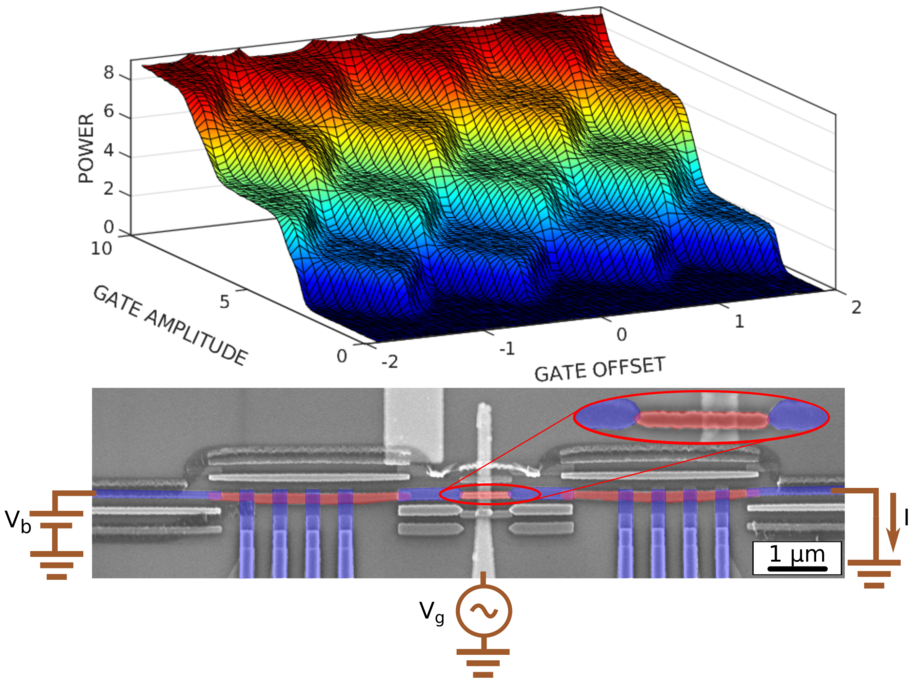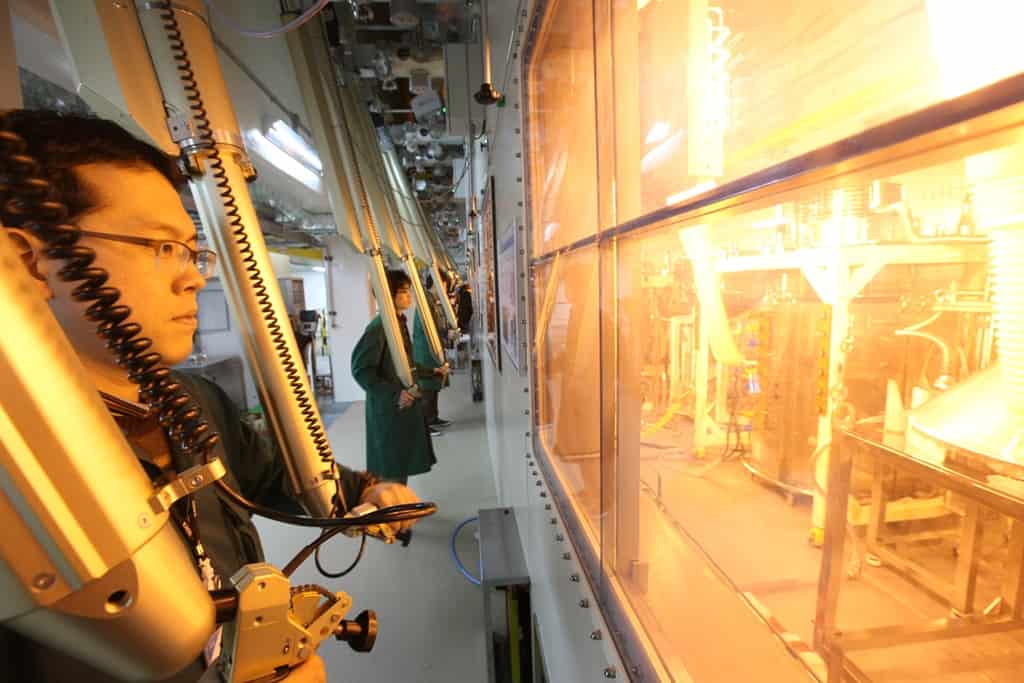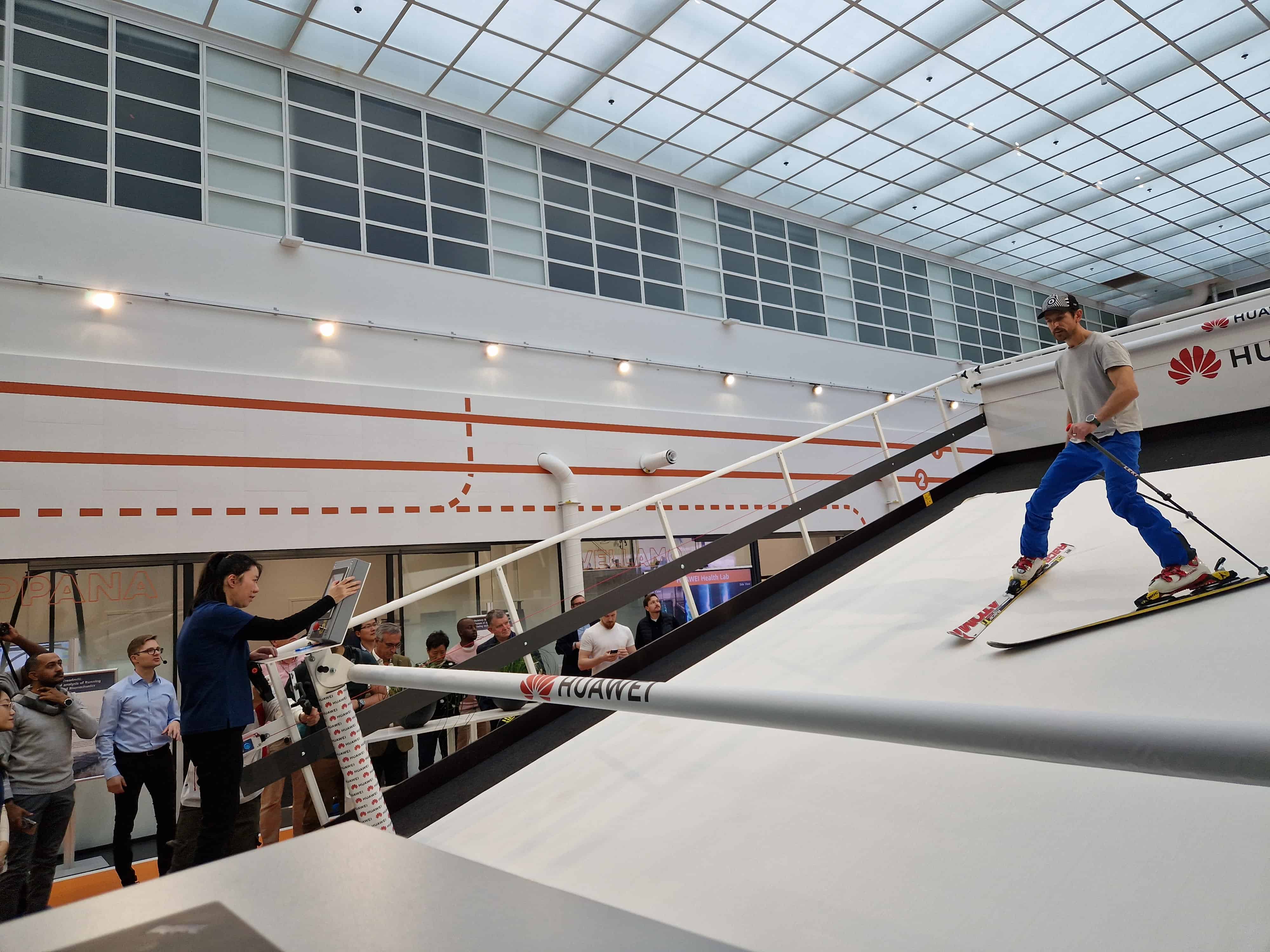
The world’s most commonly used system of measurement, the International System of Units (SI), was redefined in 2019. Since then, units have needed to be defined in terms of the constants of Nature – that is, Nature’s rules that are fixed and of no uncertainty, such as the speed of light – and not in terms of arbitrary references.
This has meant that new research for relating the many units of the system to the constants through experimental realizations has been called for, writes Aalto University in this press release.
“The redefinition has caused a need for new realizations,” says Professor Jukka Pekola.
Researchers at Aalto University have now found a promising new way to link the watt (the unit of power) to the constants of Nature. They believe their method could show the way towards a new power standard, that is, a new way to produce an a-priori known amount of power against which other power sources and detectors can be compared.
Device converts frequency into power
The researchers have developed a device that converts frequency to power. Frequency is a quantity that can be set with low uncertainty, and therefore it provides a solid basis for a new standard.
‘”Frequency can be defined very, very precisely. If you can make the other quantities depend on frequency in a known way, then you have a very accurate standard”, Pekola says.
Furthermore, the researchers have discovered that such dependence obeys a simple law with accuracy and robustness.
‘”These characteristics increase the chances of using this method as a standard”, says Marco Marín Suárez, a doctoral candidate.
“Basically, this is a potential new way of realizing a watt, or energy flux, just by setting previously known quantities”, describes Marín Suárez.
Attracting metrologists
In the experiment, power is produced with a single-electron transistor in its turnstile operation. This device was previously proved by Pekola to work as a potential standard for the ampere, the unit of electrical current. It is constituted by a small metallic island, source and drain leads and a gate electrode, and it can address very small powers.
The way from a proposal to an actual accepted new standard is long. Aalto researchers hope that their work will next attract the attention of metrologists who would take it further with more precise measurements.
“This first experiment was not on the level of metrology yet. We could demonstrate that this principle works, though, and we have also shown where the main errors come from. It remains to be seen if this comes to be adopted by the metrology community”, Pekola sums up.
The researchers seek now to push their proposal forward by characterizing how well the frequency to power conversion law adjusts to their method. This will increase the accuracy at which small powers can be calibrated.
The experiments were conducted at the OtaNano national research infrastructure. Professor Pekola’s group is part of the QTF Centre of Excellence and InstituteQ, the Finnish quantum institute.
Link to the original article (Nature Nanotechnology website)
Also interesting: ‘Sending data via laser communication more effective and secure than via radio frequencies’
Selected for you!
Innovation Origins is the European platform for innovation news. In addition to the many reports from our own editors in 15 European countries, we select the most important press releases from reliable sources. This way you can stay up to date on what is happening in the world of innovation. Are you or do you know an organization that should not be missing from our list of selected sources? Then report to our editorial team.






